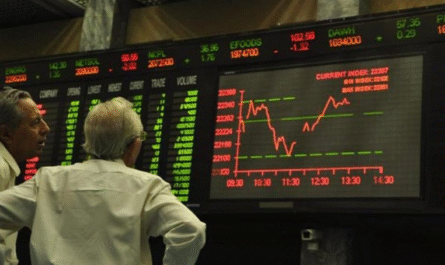Pakistan’s currency has been under renewed pressure, with the Pakistani rupee edging closer to Rs 286 per USD in the open market—raising concerns for businesses, importers, and everyday consumers.
📉 What’s the Current Situation?
- Open-market rates: Dealers reported the rupee weakening to around Rs 285.95–286 per US dollar, nearing the psychologically significant Rs 286 threshold .
- Interbank rates: According to Trading Economics, the interbank USD/PKR rate hit approximately 282.95 on June 13, marking a ~0.2% decline in a single day .
🔍 Why Is This Happening?
- Market-driven depreciation: Ratings agency Fitch forecasts the rupee slowing to 285 by end‑June and 295 by June 2026, signaling an official shift toward a weaker currency.
- External pressure: A modest current account revival, muted inflation (~0.7% in April), and central bank strategies are encouraging a gradual float to ease balance‑of‑payments pressure.
- Black market elimination: Past crackdowns on illegal currency dealing have helped stabilize the rate, but now market forces are dominating the movement.
🧩 Impacts & Implications
- Importers: A weaker PKR increases local costs of imported goods, potentially passing pressure onto consumer prices.
- Exporters & remittances: They benefit from improved competitiveness and stronger PKR inflows.
- Consumer prices: Though general inflation is low, rising import costs could inject inflationary risks ahead.
- Monetary policy: The SBP may tread carefully—balancing the need for growth with inflation control.
🔮 Outlook
- Short term: Expect further mild depreciation, with the rupee challenging Rs 286–287 in open markets.
- Medium term: Current projections suggest it may reach Rs 285–295 by mid‑2026 .
- Policy signal: The move reflects Pakistan’s intention to let exchange rates be driven by markets, as part of IMF-related commitments and to restore FX reserve buffers.
📌 Bottom Line
The rupee nearing Rs 286/USD reflects deeper structural shifts—flexible exchange rate policy, correction of imbalances, and external pressures. While this may bring opportunities for exporters, it also complicates the outlook for import costs and inflation. For stakeholders—from import-driven industries to everyday consumers—this movement is a trend worth watching.



